Melbourne researchers have discovered sound waves can be used to “divide and conquer” water molecules during electrolysis, a process where electricity runs between two electrodes to split H2O molecules into oxygen and hydrogen gases which appear as bubbles.
“The electrical output of the electrolysis with sound waves was about 14 times greater than electrolysis without them, for a given input voltage. This was equivalent to the amount of hydrogen produced,” RMIT engineering PhD researcher Yemima Ehrnst said.
The research, published in journal Advanced Energy Materials, is also consequential for bringing down green hydrogen’s production costs.
“One of the main challenges of electrolysis is the high cost of electrode materials used, such as platinum or iridium,” RMIT Associate Professor and research lead Amgad Rezk said. By using sound waves to unlock more hydrogen, Rezk says it “eliminates” the need for expensive and corrosive materials like platinum or iridium.
“As water is not a corrosive electrolyte, we can use much cheaper electrode materials such as silver.”
The use of sound waves also prevented the build-up of hydrogen and oxygen bubbles on the electrodes, Ehrnst said, which greatly improved conductivity and stability.
RMIT Professor Leslie Yeo, a lead senior researcher on the project, said the discovery opens the door to using this new acoustic platform for other applications, especially where bubble build-up on the electrodes was a challenge.
“Our ability to suppress bubble build-up on the electrodes and rapidly remove them through high-frequency vibrations represents a major advance for electrode conductivity and stability,” Professor Yeo said.
“With our method, we can potentially improve the conversion efficiency leading to a net-positive energy saving of 27%.”
A provisional patent application has already been filed for the technology, though the team notes they still need to overcome challenges around integrating the sound wave innovation with existing electrolysers to scale up the work.
“We are keen to collaborate with industry partners to boost and complement their existing electrolyser technology and integrate into existing processes and systems,” Professor Yeo said.
Authors of the research include Yemima Ehrnst, Amgad Rezk and Leslie Yeo from RMIT and Peter Sherrell from the University of Melbourne.
This content is protected by copyright and may not be reused. If you want to cooperate with us and would like to reuse some of our content, please contact: editors@pv-magazine.com.
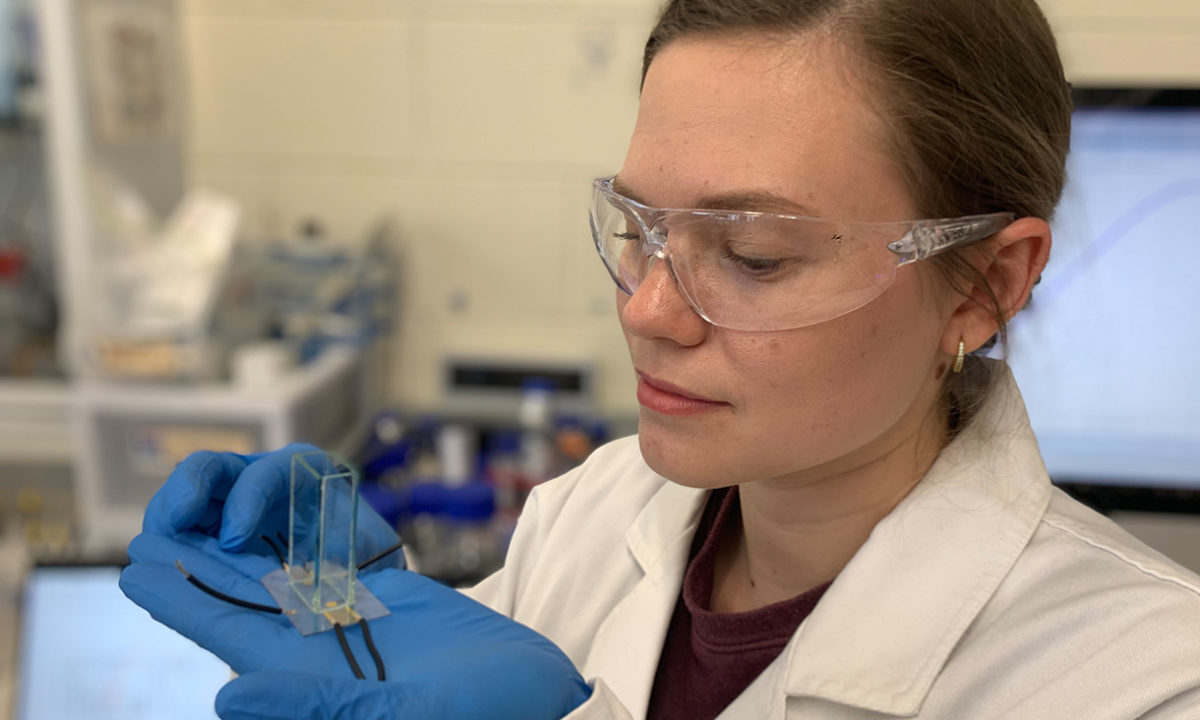




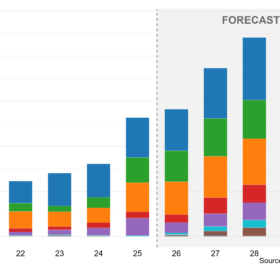
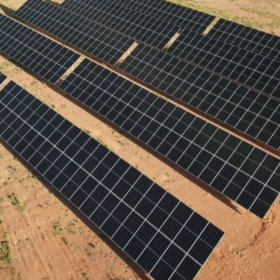
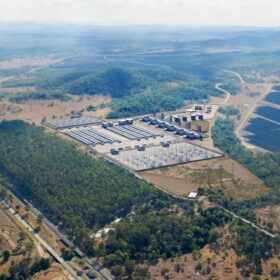
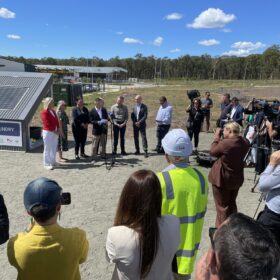
Maybe Jazz.. etc.. would be even better.. as the happy molecules.. dance their way away from the electrodes with varying steps to the music…🤣🤣🤣🤣🤣
Keep me noted please
Sounds great if it works, but I get a little suspicious when I see contradictory phrases like ““eliminates” the need for expensive and corrosive materials like platinum or iridium.” and “integrating the sound wave innovation with existing electrolysers”.
Just wonderful quantum Physics comming to the for time and time again.